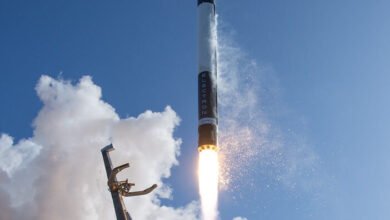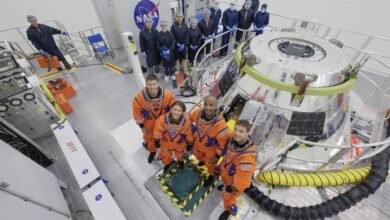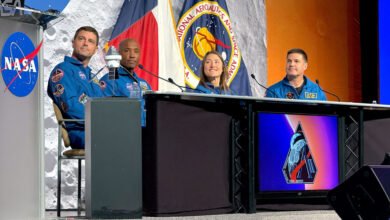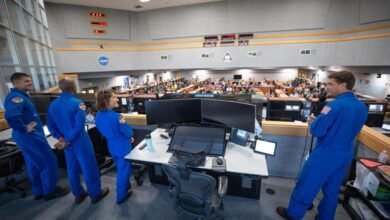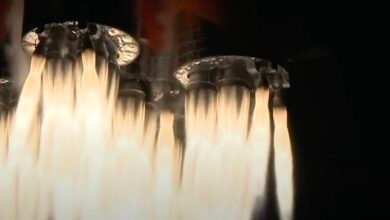NASA, Lockheed Eye New Rockets for Orion Launch

▼ Summary
– The Orion spacecraft and Space Launch System rocket have been closely linked for nearly two decades through government funding and joint planning.
– Lockheed Martin is now exploring a future where Orion could operate independently, focusing on reusability, cost reduction, and compatibility with various rockets.
– Company officials expressed readiness to transition to a service-based model where NASA could purchase Orion missions rather than owning the spacecraft.
– This shift marks a significant change from the traditional expendable architecture where Orion and SLS were designed to work exclusively together for Moon missions.
– Recent budget proposals and congressional actions indicate uncertainty, with the White House seeking to end funding after Artemis III while Congress supports missions through Artemis V.
NASA and Lockheed Martin are exploring new launch vehicles for the Orion spacecraft, signaling a potential shift away from the long-standing partnership with the Space Launch System rocket. For nearly twenty years, the Orion capsule and the SLS booster have been developed together, forming an integrated government-led approach to deep space exploration. Recent developments, however, suggest this relationship could be evolving as commercial opportunities gain traction.
Lockheed Martin, the primary contractor for Orion, is now actively positioning the spacecraft for a future that embraces reusability, cost efficiency, and compatibility with multiple rocket providers. Company executives have indicated a readiness to transition toward a service-based model, where NASA could purchase missions rather than owning and operating the hardware directly. This represents a fundamental change in how human spaceflight missions might be procured and executed.
Anthony Byers, Lockheed Martin’s director of Strategy and Business Development, emphasized the company’s support for this new direction. “We are fully behind this approach and have started those conversations,” he stated. Such a pivot marks a notable departure from the original vision, which paired Orion exclusively with the SLS under cost-plus contracts that placed NASA in direct control of development, oversight, and mission operations.
The traditional model centered on an expendable architecture designed to transport astronauts to the Moon and back inside the Orion capsule. Political and budgetary pressures are now driving a reassessment of this strategy. The White House’s fiscal year 2026 budget proposal called for ending funding for both Orion and SLS after the Artemis III mission, leaving only two scheduled flights. In response, Congress advocated continuing their use through the Artemis V mission, creating uncertainty about the long-term viability of the existing launch system.
This evolving situation highlights a broader movement within the space industry toward flexible, cost-effective mission designs. By opening Orion to alternative launch options, Lockheed Martin aims to align with contemporary commercial practices, potentially reducing expenses and accelerating the pace of exploration. Whether NASA will embrace this services model remains an open question, but the dialogue reflects a significant moment in the planning of America’s lunar and deep space objectives.
(Source: Ars Technica)

